Key Takeaways from Stockholm World Water Week 2018
Key Takeaways from Stockholm World Water Week 2018

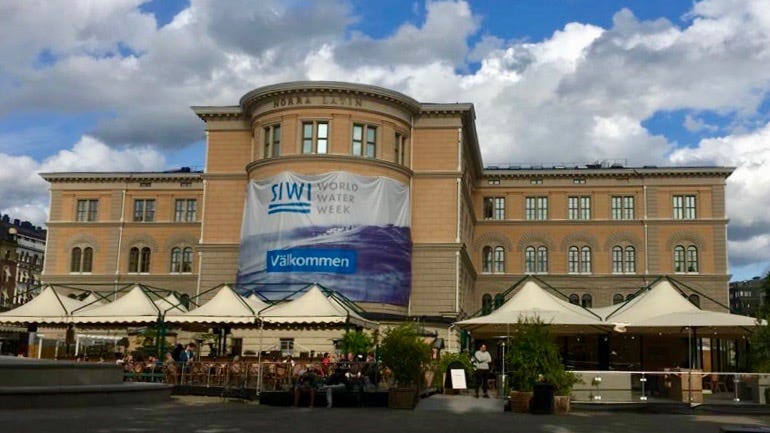
More than 3,000 practitioners and decision-makers gathered in Stockholm, Sweden, at the end of August 2018 for World Water Week. Hosted by the Stockholm International Water Institute (SIWI), this annual gathering encourages new thinking and positive action on water-related opportunities and challenges.
Engaging in a productive and busy week, USAID leaders, staff, and partners took center stage at more than a dozen events, including hosting a reception at the U.S. Ambassador’s residence with the Department of State to honor this year’s Stockholm Water Laureates.
“Our goals at Water Week were to lead the global dialogue around the need for unlocking new financing options for water and sanitation, crowding-in the private sector, and creating opportunities for women in the global water workforce. In the end these are what will help facilitate our partner countries’ journey to self-reliance in the water sector,” said James Peters, USAID Deputy Assistant Administrator and Acting Global Water Coordinator, who led the Agency’s delegation to Stockholm.
During numerous sessions, USAID staff contributed their expertise and perspectives on water sector financing, system strengthening, diversity and inclusion, ecosystem services, resilience, and donor coordination. Other activities included connecting with partners to collaborate on shared interests and hosting a side event with a range of organizations to explore the use of skilled volunteers in USAID water and sanitation programs. Agency colleagues from missions including India and Ghana took the opportunity to engage in sector dialogue on topics of interest in their respective regions.
Interagency partners from the Department of State, NASA, and other agencies that contributed to the U.S. Government Global Water Strategy (GWS) complemented the USAID delegation, showing a whole-of-government commitment to ensuring a water-secure world.
USAID presenters and attendees share their takeaways from specific sessions below, offer some overall reflections about the conference, and explain how key topics resonate with their current water work and new directions outlined in the GWS.
Delivering on a Common Global Vision

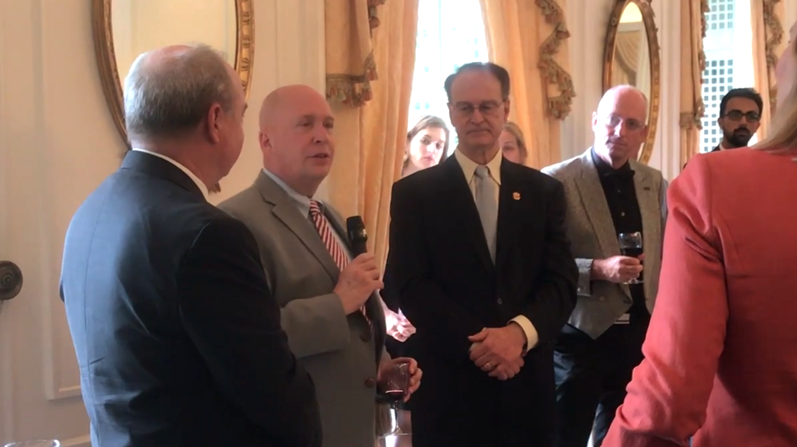
This was the first World Water Week since the release of the GWS and USAID’s Water and Development Plan. During the Donors’ Water Strategies session USAID joined other donor countries and organizations to discuss their recent (or soon to be released) water strategies, including Germany, Switzerland, Finland, France, the World Health Organization, and the European Commission. All of the strategies shared one common feature — the vital role water plays to achieve development gains across multiple sectors.
At the session, Peters shared the U.S. vision of a water-secure world, as articulated in the GWS. “We assist partner countries on the path to self-reliance by improving their capability to govern, finance, and deliver safe water and sanitation to the neediest,” said Peters. He added, “The global funding gaps for water and sanitation are well beyond the capacity of foreign assistance to fill alone. We need to leverage new sources of financing and facilitate viable projects.”
USAID’s new plan also elevates sanitation and hygiene as a key development result to improve public health and empower women.
Financing WASH Investments
The need for financing to meet the global goal for universal access to safe water and sanitation cut across many of the conference sessions. According to the World Bank, more than $114 billion of capital investments will be needed annually to reach universal safe water and sanitation access by 2030.

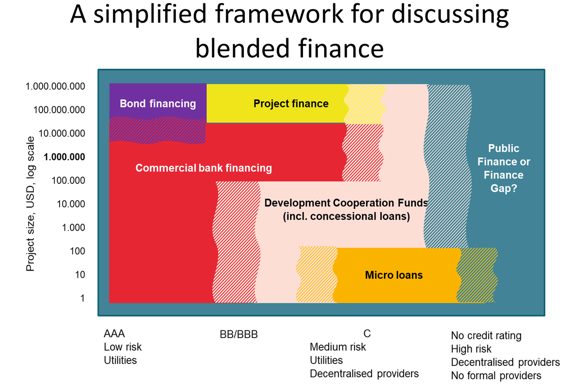
Conference participants and finance session attendees emerged with consensus about this key takeaway: Financing is such an urgent issue, not because of lack of funding, but because of the difficulty in finding/identifying WASH projects and activities with acceptable levels of risks and returns and an enabling environment to attract would-be investors. Jeffrey Goldberg, USAID’s Water Office Director, reiterated this message. According to Goldberg, WASH investments need to be about much more than just infrastructure — to be sustainable they need to attract private capital. “There is a call to action to focus more on financing and the overall surrounding and enabling environment,” he explained.
“I think the critical issue to watch is the interplay or tension between this need to attract private capital but also focusing on pro-poor approaches in the last mile,” Goldberg added. “As we work towards that, which is clearly an imperative, it’s equally important that we pay attention to those that are most vulnerable and making sure that we’re targeting our aid to them as well.”
A similar message came out of the session, Blended Finance: From Principles to Practice, according to Ella Lazarte, USAID Senior Water and Sanitation Advisor, who noted, “You can get money if you have the basics of the sector and you have an enabling environment, particularly governance.”
Diversity and Inclusion

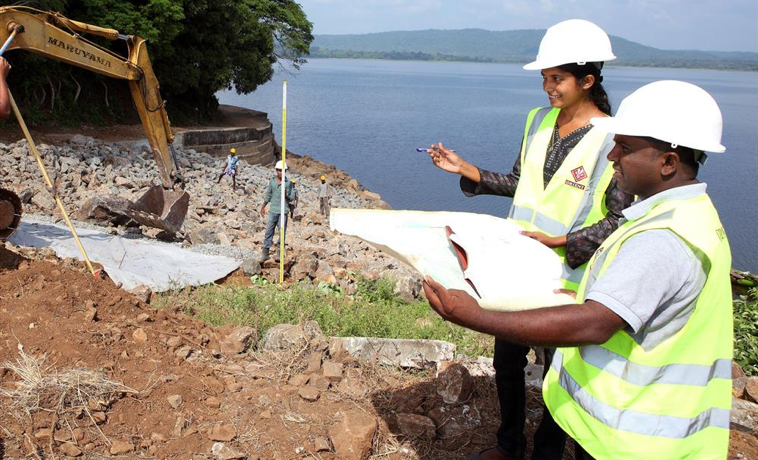
“We need to think beyond women as just customers and users, and really think about them as decision-makers with a seat at the table in water utilities [where] they are really able to influence and have a positive impact on the operational effectiveness of the utilities,” said Portia Persley, USAID Water Office Deputy Director, who led the session Diversity and Inclusion in Water Utilities.
Her panel emphasized the importance of changing people’s perceptions and expectations of the role that women play in the water sector. Often the narrative about women and water is framed in terms of long and treacherous trips to collect this vital resource. But women are also overlooked as members of the water sector workforce and as solution providers. On average only 17 percent of that workforce are women, according to an International Water Association study.
She noted that recent statistics and studies indicate that there is “a business imperative, a bottom line, positive impact of having women in decision-making roles.” She added that this approach may resonate more with utilities that make hiring decisions for less than altruistic reasons.
Persely shared USAID’s forthcoming Water and Development Plan implementation guidance as a good starting point: “[Accountability is] a key operating principle for us in terms of women’s empowerment and gender equality. And now we’re really making sure that we’re doing the hard work of integrating that into our programming.”
In a separate live-streamed session, The Ripple Effect: Empowering Women through Water, USAID and a consortium of partners, including the Coca-Cola Company and Gap Inc., presented results from a recent evaluation report on gender and water programs. Peters kicked off the session, saying, “I urge you all to take note of the learnings highlighted throughout this session, and think about how your programs can better include women’s economic empowerment and water access, as they are undoubtedly tied to your work as development professionals.” Check out a blog detailing this session and study findings on Globalwaters.org.
Nature-Based Solutions

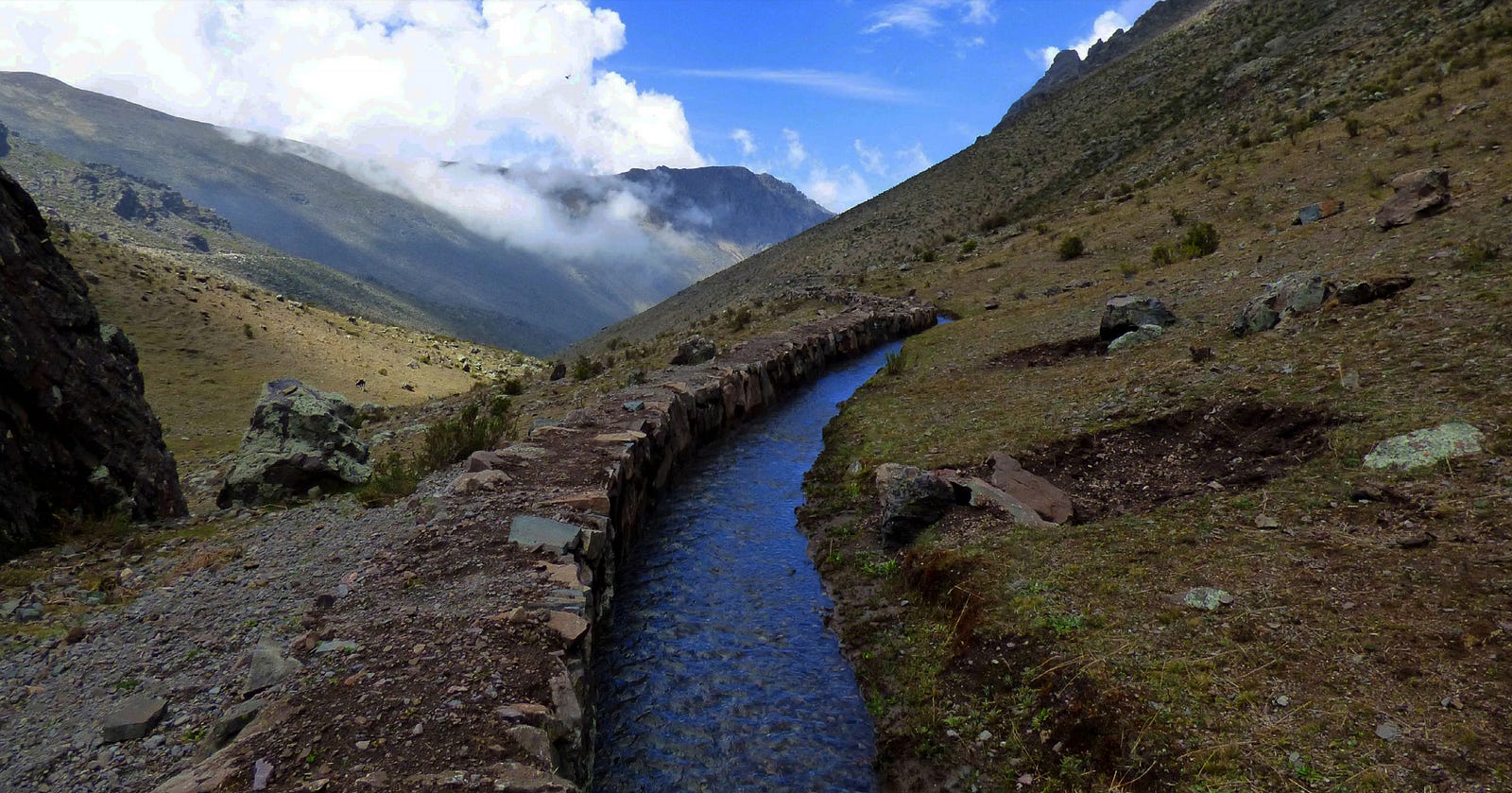
Given this year’s theme at Stockholm, “Water, Ecosystems and Human Development,” numerous sessions focused on nature-based solutions to water challenges. Interest in this area was high among USAID attendees due to the Agency’s focus on improving management of water resources — one of four development results set forth in USAID’s Water and Development Plan.
Agathe Takam, Water and Sanitation Advisor for USAID’s Africa Bureau, noted that much of the finance discussion was framed around infrastructure development and finding solutions to access. “We need to be looking also at the supply, and how can we increase investment into the ecosystem services that are providing the water in the first place,” she said.
Jonathan Cook, USAID Senior Climate Adaptation Specialist, described how the conference provided an opportunity to connect with the broader community on issues relevant to the activities he supports. “I do a lot of work…on trying to connect the environment to our broader goals on adaptation and resilience,” he explained. Cook attended Safeguarding Water-Related Ecosystems in the Mara River and Tonle Sap, which highlighted USAID’s Sustainable Water Partnership. He also attended several sessions related to financing solutions for nature-based approaches such as water tariffs, water funds, and payment for ecosystem services. “We have some really good activities that are implementing nature-based approaches, but getting them to scale and adopted more widely depends on innovative approaches to financing,” he said.
Representatives of USAID’s Peru Mission and its partners also participated in a session on Nature-Based Infrastructure Approaches to Water Security.
Building WASH Systems

It takes more than just taps and toilets to reach the neediest with safe water and sanitation. At World Water Week, the latest in WASH systems thinking drew interest because of its potential to ensure the long-term sustainability of water and sanitation investments.
Lazarte participated in an webcast interview on Strong WASH Systems: The Essential Element for SDG 6 Achievement, sharing some of her experience with systems-based approaches at USAID. “We have to be humble as donors, we have to listen to key actors in the system,” said Lazarte. She explained the dilemma that donors face when designing programs, which typically last for only five years: “How do you think long term given that constraint of preparing something for five years [when] taking a systems approach is really taking a longer term 10- to 20-year approach?”
She added, “How do you balance those tensions is something that I think USAID has been really thinking through. And in our new strategy, and plan for USAID, we’re emphasizing governance as a big piece and institutions. And that means we’re not just perhaps providing direct access, safe access to water to millions of people, we have to look at the institutional capacity…as donors we have to be more patient and and factor that in when we design our programs.”
Lazarte was joined in the interview by Dr. Callist Tindimugaya of Uganda’s Ministry of Water and members of USAID’s Sustainable WASH Systems, a learning partnership applying and researching systems-based approaches in the sector.
Engaging with Partners
Peters and the USAID Water Office also hosted a side event to hear from partners on how to best mobilize skilled volunteers to advance water and sanitation goals. In 2017, USAID launched Volunteers for International Security and Prosperity, a next-generation partnership to harness the expertise of skilled volunteers across multiple sectors.
The Securing Water for Food Grand Challenge provided a retrospective of its innovators and results. In addition, USAID’s Bureau for Food Security led a session on Linkages Between Water, Food Security, and Nutrition that featured a livestream interview.
Reflecting on myriad views and exchanges, Goldberg summed up World Water Week this way: “While donor coordination may seem daunting and challenging at face value, we’re at least on the same page technically, which is an inspiring call to action.”
